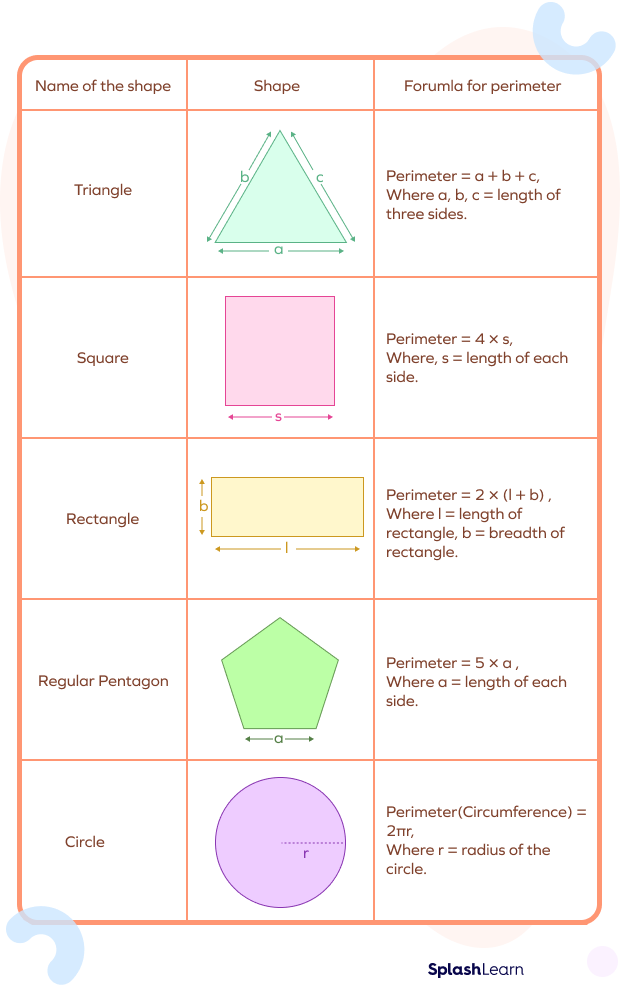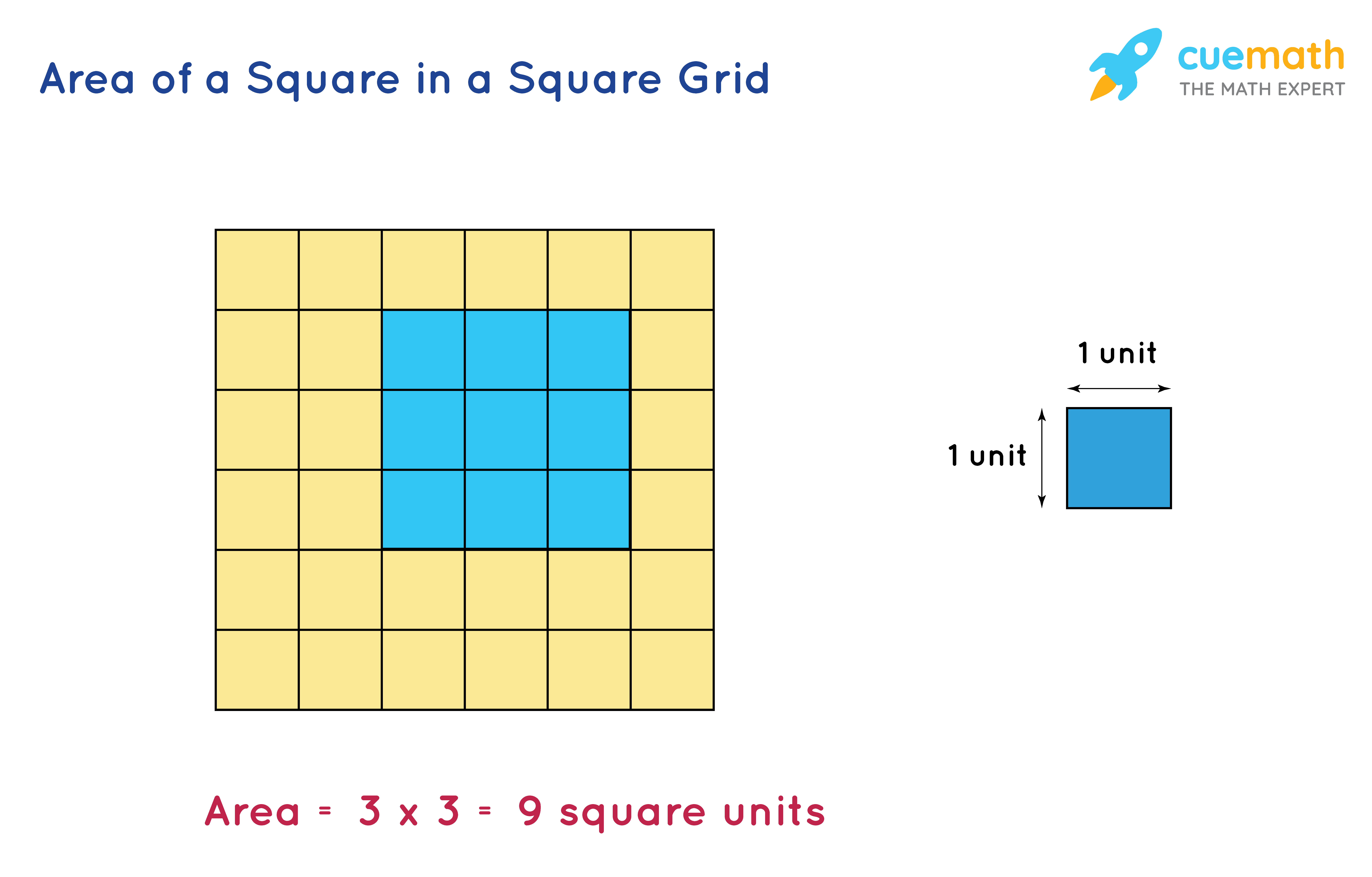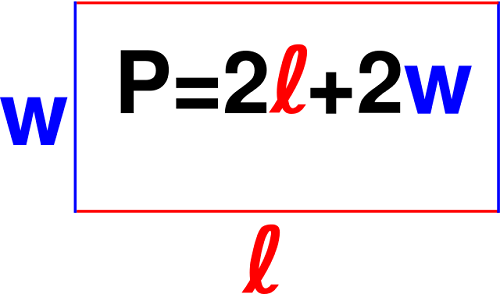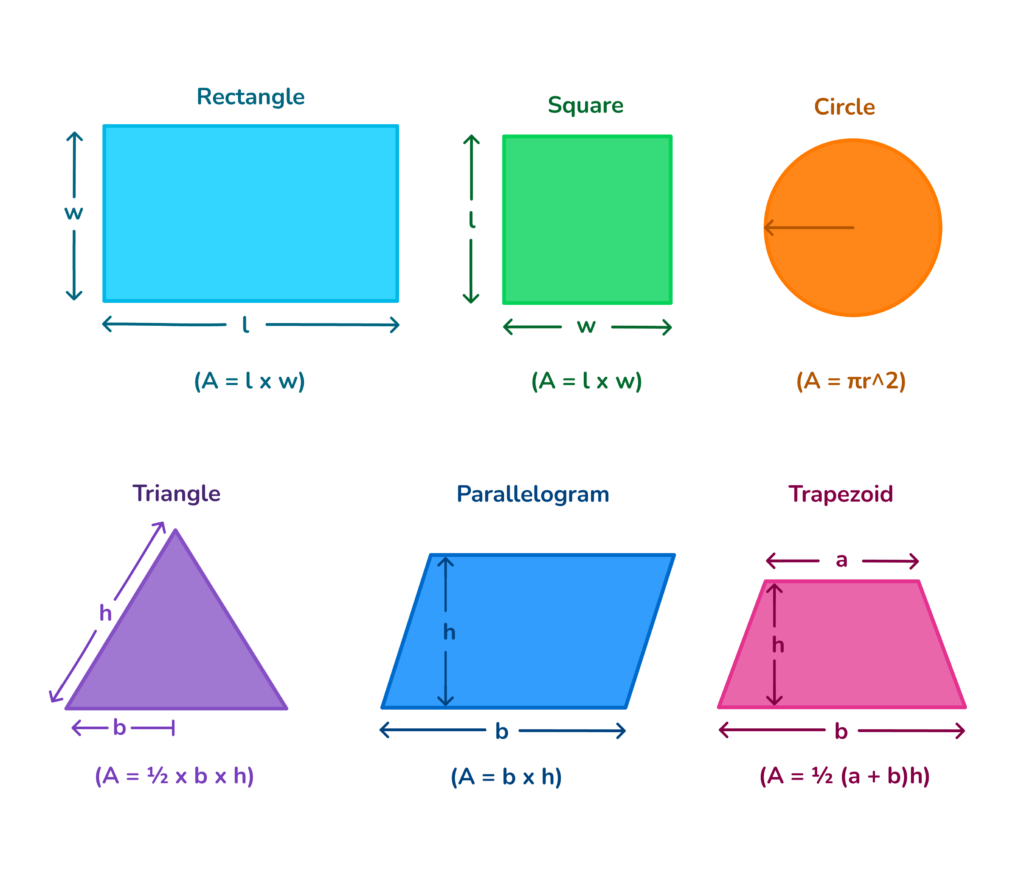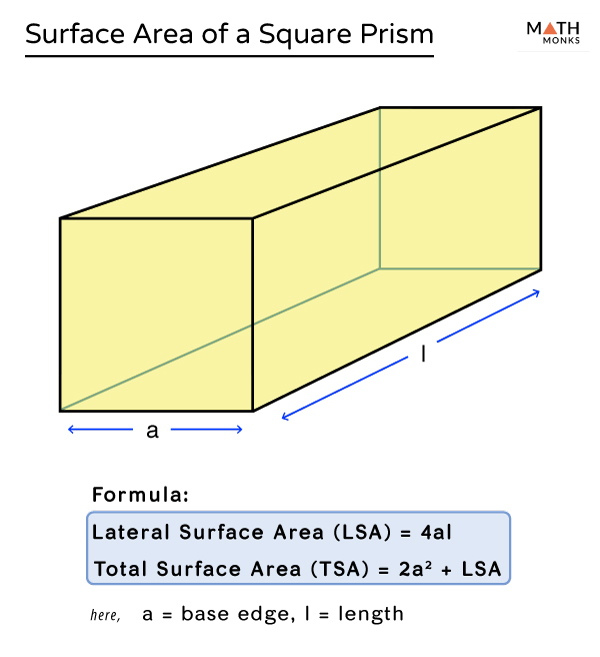Topic perimeter ratio: The perimeter ratio is a fundamental geometric concept that compares the perimeters of different shapes. Understanding and applying the perimeter ratio can enhance your knowledge in fields like mathematics, physics, and engineering. This article delves into the definition, applications, and real-world examples of perimeter ratio, offering valuable insights for students, educators, and professionals alike.
Table of Content
- Understanding Perimeter Ratio
- Introduction to Perimeter Ratio
- Definition and Formula
- Applications of Perimeter Ratio
- Calculating Perimeter Ratio for Different Shapes
- Examples of Perimeter Ratio Calculations
- Comparing Perimeter Ratios in Geometry
- Perimeter Ratio in Real-World Applications
- Advantages of Understanding Perimeter Ratio
- Challenges and Considerations
- Perimeter Ratio in Various Fields
- YOUTUBE: Khám phá cách tìm tỉ lệ chu vi của hai đa giác trong bài học Toán và Vật Lý. Video này sẽ giúp bạn hiểu rõ hơn về cách so sánh chu vi và ứng dụng trong các lĩnh vực khác nhau.
Understanding Perimeter Ratio
The perimeter ratio is a geometric concept that compares the perimeter of one shape to the perimeter of another shape or to a reference measure. It is often used in various fields such as mathematics, physics, and engineering to analyze and compare different geometric figures.
Definition
The perimeter ratio is defined as:
\[
\text{Perimeter Ratio} = \frac{\text{Perimeter of Shape A}}{\text{Perimeter of Shape B}}
\]
Applications
- Geometry: Comparing different shapes, such as polygons, to understand their properties and relationships.
- Physics: Analyzing physical systems where boundary measurements are critical, such as material properties and structural integrity.
- Engineering: Designing and optimizing structures, components, and systems based on their geometric properties.
Examples
Let's consider two examples to illustrate the concept of perimeter ratio:
Example 1: Comparing Squares
Suppose we have two squares, Square A with a side length of \(a\) and Square B with a side length of \(b\). The perimeter of a square is given by \(4 \times \text{side length}\). The perimeter ratio is calculated as:
\[
\text{Perimeter Ratio} = \frac{4a}{4b} = \frac{a}{b}
\]
Example 2: Comparing a Circle and a Square
Consider a circle with radius \(r\) and a square with side length \(s\). The perimeter (circumference) of the circle is \(2\pi r\), and the perimeter of the square is \(4s\). The perimeter ratio is:
\[
\text{Perimeter Ratio} = \frac{2\pi r}{4s} = \frac{\pi r}{2s}
\]
Conclusion
The perimeter ratio is a useful tool for comparing different geometric shapes and understanding their relative properties. It can be applied in various disciplines to analyze and optimize designs and systems based on their geometric characteristics.

READ MORE:
Introduction to Perimeter Ratio
The perimeter ratio is a crucial concept in geometry that compares the perimeter of one shape to another or to a reference measure. This ratio provides insights into the relative sizes and dimensions of geometric figures.
Perimeter ratio is defined as follows:
\[
\text{Perimeter Ratio} = \frac{\text{Perimeter of Shape A}}{\text{Perimeter of Shape B}}
\]
Understanding perimeter ratio involves several key steps:
- Identify the Shapes: Determine the geometric figures you want to compare. These could be polygons, circles, or other shapes.
- Calculate Perimeters: Measure or calculate the perimeters of the shapes. The perimeter of a polygon is the sum of its side lengths, while the perimeter (circumference) of a circle is given by \(2\pi r\), where \(r\) is the radius.
- Apply the Formula: Use the perimeter ratio formula to compare the shapes. For instance, if comparing a square and a circle, the formula would be: \[ \text{Perimeter Ratio} = \frac{4s}{2\pi r} \] where \(s\) is the side length of the square and \(r\) is the radius of the circle.
- Interpret the Results: Analyze the ratio to understand the relationship between the shapes. A ratio greater than 1 indicates that Shape A has a larger perimeter than Shape B, and vice versa.
Perimeter ratios are useful in various applications, including:
- Comparing different geometric figures to understand their properties and relationships.
- Designing and optimizing structures in engineering and architecture based on their geometric dimensions.
- Analyzing physical systems where boundary measurements are crucial, such as material properties and structural integrity.
By mastering the concept of perimeter ratio, one can gain deeper insights into geometry and its practical applications in various fields.
Definition and Formula
The perimeter ratio is a mathematical concept used to compare the perimeters of two different shapes. It is a useful measure in geometry, helping to understand the relative sizes and dimensions of various geometric figures.
To define the perimeter ratio, we use the following formula:
\[
\text{Perimeter Ratio} = \frac{\text{Perimeter of Shape A}}{\text{Perimeter of Shape B}}
\]
Here's a step-by-step guide to calculating the perimeter ratio:
- Select the Shapes: Identify the two shapes whose perimeters you wish to compare. These can be any geometric shapes, such as polygons, circles, or more complex figures.
- Measure or Calculate the Perimeters: Determine the perimeters of both shapes. The perimeter is the total length around the shape. For polygons, sum the lengths of all sides. For circles, use the formula for circumference: \[ \text{Circumference} = 2\pi r \] where \(r\) is the radius.
- Apply the Perimeter Ratio Formula: Insert the perimeter values into the formula. For example, if comparing a rectangle with perimeter \(P_A\) and a triangle with perimeter \(P_B\): \[ \text{Perimeter Ratio} = \frac{P_A}{P_B} \]
- Interpret the Ratio: Analyze the result to understand the relationship between the shapes. A ratio greater than 1 indicates Shape A has a larger perimeter than Shape B, while a ratio less than 1 indicates the opposite.
To illustrate, consider a square with side length \(s\) and a circle with radius \(r\). The perimeter (circumference) of the circle is \(2\pi r\), and the perimeter of the square is \(4s\). The perimeter ratio is calculated as:
\[
\text{Perimeter Ratio} = \frac{4s}{2\pi r} = \frac{2s}{\pi r}
\]
Understanding the perimeter ratio helps in various applications such as design optimization, structural analysis, and geometric comparisons. It is a valuable tool in both theoretical and practical contexts, enhancing comprehension of geometric properties and relationships.
Applications of Perimeter Ratio
The perimeter ratio is a versatile concept with applications across various fields. Understanding how to use and apply this ratio can offer valuable insights in geometry, engineering, architecture, and more. Here are some key applications of the perimeter ratio:
- Geometric Analysis: Comparing different geometric shapes to understand their properties. For instance, the perimeter ratio can help in comparing the efficiency of different shapes in enclosing area.
- Example: Comparing a circle and a square to see which shape has a larger perimeter for the same enclosed area.
- Architecture and Design: Optimizing design elements in buildings and structures. Architects and designers use perimeter ratios to create aesthetically pleasing and functionally efficient designs.
- Example: Comparing the perimeter ratios of different building layouts to choose the most efficient design.
- Engineering: Ensuring structural integrity and material efficiency. Engineers use perimeter ratios to compare and select materials and shapes that offer the best performance for specific applications.
- Example: Using perimeter ratio to determine the most material-efficient shape for a beam or column.
- Physics: Analyzing physical systems where boundary measurements are crucial, such as in fluid dynamics and material science.
- Example: Comparing the perimeters of different cross-sectional shapes of pipes to study fluid flow rates.
- Biology: Studying natural forms and structures. Biologists use perimeter ratios to compare the shapes and sizes of different organisms and their parts.
- Example: Comparing the perimeter ratios of leaves to understand their efficiency in capturing sunlight.
By leveraging the perimeter ratio, professionals in these fields can make informed decisions that enhance functionality, efficiency, and aesthetics. The ratio serves as a fundamental tool for comparing and understanding the relationships between different geometric figures.
Calculating Perimeter Ratio for Different Shapes
Calculating the perimeter ratio involves comparing the perimeters of different geometric shapes. This section provides a step-by-step guide to calculate the perimeter ratio for various shapes, including polygons and circles.
- Identify the Shapes: Select the two shapes whose perimeters you want to compare. These can include polygons like squares and triangles or curves like circles.
- Measure or Calculate the Perimeters:
- Polygon: The perimeter of a polygon is the sum of its side lengths. For example, a rectangle with length \( l \) and width \( w \) has a perimeter of: \[ P_{\text{rectangle}} = 2l + 2w \]
- Circle: The perimeter (circumference) of a circle with radius \( r \) is given by: \[ P_{\text{circle}} = 2\pi r \]
- Triangle: The perimeter of a triangle with sides \( a \), \( b \), and \( c \) is: \[ P_{\text{triangle}} = a + b + c \]
- Apply the Perimeter Ratio Formula: Use the formula to compare the perimeters of the selected shapes. The general formula is: \[ \text{Perimeter Ratio} = \frac{\text{Perimeter of Shape A}}{\text{Perimeter of Shape B}} \]
- Example Calculations:
- Square and Circle: For a square with side length \( s \) and a circle with radius \( r \), the perimeter ratio is: \[ \text{Perimeter Ratio} = \frac{4s}{2\pi r} = \frac{2s}{\pi r} \]
- Rectangle and Triangle: For a rectangle with perimeter \( P_{\text{rectangle}} \) and a triangle with perimeter \( P_{\text{triangle}} \), the ratio is: \[ \text{Perimeter Ratio} = \frac{P_{\text{rectangle}}}{P_{\text{triangle}}} \]
- Circle and Triangle: For a circle with circumference \( P_{\text{circle}} \) and a triangle with perimeter \( P_{\text{triangle}} \), the ratio is: \[ \text{Perimeter Ratio} = \frac{P_{\text{circle}}}{P_{\text{triangle}}} \]
- Interpret the Results: Analyze the ratio to understand the relationship between the shapes. A ratio greater than 1 indicates Shape A has a larger perimeter than Shape B, and vice versa.
By following these steps, you can accurately calculate and interpret the perimeter ratios for various geometric shapes, enhancing your understanding of their relative dimensions and properties.

Examples of Perimeter Ratio Calculations
Understanding the perimeter ratio through examples helps in grasping its practical applications. Here are detailed examples of calculating perimeter ratios for different shapes:
- Square and Circle:
- Shapes: A square with side length \( s = 4 \) units and a circle with radius \( r = 3 \) units.
- Perimeters:
- Square: \( P_{\text{square}} = 4s = 4 \times 4 = 16 \) units
- Circle: \( P_{\text{circle}} = 2\pi r = 2 \times \pi \times 3 = 6\pi \approx 18.85 \) units
- Perimeter Ratio: \[ \text{Perimeter Ratio} = \frac{P_{\text{square}}}{P_{\text{circle}}} = \frac{16}{6\pi} \approx \frac{16}{18.85} \approx 0.85 \]
- Rectangle and Triangle:
- Shapes: A rectangle with length \( l = 5 \) units and width \( w = 3 \) units, and a triangle with sides \( a = 3 \) units, \( b = 4 \) units, and \( c = 5 \) units.
- Perimeters:
- Rectangle: \( P_{\text{rectangle}} = 2l + 2w = 2 \times 5 + 2 \times 3 = 10 + 6 = 16 \) units
- Triangle: \( P_{\text{triangle}} = a + b + c = 3 + 4 + 5 = 12 \) units
- Perimeter Ratio: \[ \text{Perimeter Ratio} = \frac{P_{\text{rectangle}}}{P_{\text{triangle}}} = \frac{16}{12} = \frac{4}{3} \approx 1.33 \]
- Hexagon and Pentagon:
- Shapes: A regular hexagon with side length \( a = 2 \) units and a regular pentagon with side length \( b = 2 \) units.
- Perimeters:
- Hexagon: \( P_{\text{hexagon}} = 6a = 6 \times 2 = 12 \) units
- Pentagon: \( P_{\text{pentagon}} = 5b = 5 \times 2 = 10 \) units
- Perimeter Ratio: \[ \text{Perimeter Ratio} = \frac{P_{\text{hexagon}}}{P_{\text{pentagon}}} = \frac{12}{10} = \frac{6}{5} = 1.2 \]
These examples illustrate how to calculate and interpret the perimeter ratio for various geometric shapes. By understanding these calculations, one can better appreciate the relationships and properties of different figures.
Comparing Perimeter Ratios in Geometry
Comparing perimeter ratios in geometry allows for a deeper understanding of the relative sizes and properties of different shapes. This comparison can reveal insights into the efficiency and characteristics of various geometric figures. Here’s a detailed approach to comparing perimeter ratios in geometry:
- Select Shapes for Comparison:
- Identify the shapes you want to compare. These can be regular polygons, irregular polygons, circles, or a mix of different types of shapes.
- Calculate the Perimeters:
- For each shape, calculate the perimeter using the appropriate formula.
- For regular polygons: \( P = n \times s \), where \( n \) is the number of sides and \( s \) is the side length.
- For a circle: \( P = 2\pi r \), where \( r \) is the radius.
- For irregular polygons, sum the lengths of all sides.
- Determine the Perimeter Ratios:
- Use the perimeter ratio formula: \[ \text{Perimeter Ratio} = \frac{\text{Perimeter of Shape A}}{\text{Perimeter of Shape B}} \]
- Calculate the ratio for each pair of shapes you are comparing.
- Analyze the Results:
- Interpret the calculated ratios to understand the relationship between the shapes.
- A ratio greater than 1 indicates that Shape A has a larger perimeter than Shape B.
- A ratio less than 1 indicates that Shape B has a larger perimeter than Shape A.
- Examples of Comparisons:
- Square and Triangle: Comparing a square with side length \( s = 4 \) units and a triangle with sides \( a = 3 \) units, \( b = 4 \) units, and \( c = 5 \) units:
- Perimeter of square: \( P_{\text{square}} = 4s = 16 \) units
- Perimeter of triangle: \( P_{\text{triangle}} = a + b + c = 12 \) units
- Perimeter ratio: \[ \text{Perimeter Ratio} = \frac{P_{\text{square}}}{P_{\text{triangle}}} = \frac{16}{12} = \frac{4}{3} \approx 1.33 \]
- Hexagon and Circle: Comparing a regular hexagon with side length \( s = 2 \) units and a circle with radius \( r = 3 \) units:
- Perimeter of hexagon: \( P_{\text{hexagon}} = 6s = 12 \) units
- Perimeter of circle: \( P_{\text{circle}} = 2\pi r \approx 18.85 \) units
- Perimeter ratio: \[ \text{Perimeter Ratio} = \frac{P_{\text{hexagon}}}{P_{\text{circle}}} = \frac{12}{18.85} \approx 0.64 \]
- Square and Triangle: Comparing a square with side length \( s = 4 \) units and a triangle with sides \( a = 3 \) units, \( b = 4 \) units, and \( c = 5 \) units:
By systematically comparing perimeter ratios, you can gain a clearer understanding of how different geometric shapes relate to each other in terms of their boundaries. This approach is valuable in various applications, from theoretical geometry to practical design and engineering.
Perimeter Ratio in Real-World Applications
The concept of perimeter ratio plays a significant role in various real-world scenarios, helping to optimize designs, ensure safety, and improve efficiency across multiple fields. Here are some detailed applications of perimeter ratio in practical settings:
-
Urban Planning and Architecture:
In urban planning and architecture, understanding the perimeter ratio of different structures is essential for efficient space utilization. For example, in designing residential or commercial buildings, calculating the perimeter ratio helps architects to determine the most economical and aesthetic ways to allocate space. This can be crucial for optimizing building layouts, ensuring sufficient circulation space, and complying with zoning laws that might limit the maximum permissible perimeter relative to the lot size.
-
Gardening and Landscaping:
Gardeners and landscapers use perimeter ratios to plan and maintain various garden beds and lawns. By calculating the perimeter ratio of garden plots, they can estimate the amount of materials needed for borders, fences, or irrigation systems. This ensures that resources are used efficiently and that the design is balanced and appealing.
-
Sports Fields and Recreation:
In sports and recreation, the perimeter ratio is vital for the layout and maintenance of playing fields. For example, the perimeter ratio of a soccer field affects how the field is marked and maintained. Understanding this ratio helps in planning the placement of goals, seating areas, and other facilities, ensuring fair play space and optimal viewing for spectators.
-
Security and Surveillance:
In security planning, perimeter ratios are critical for designing and monitoring secure areas. Military bases, corporate campuses, and residential communities often use perimeter ratios to determine the extent and type of fencing or surveillance needed. For instance, a lower perimeter-to-area ratio might indicate a need for more intensive monitoring or additional security measures to cover the larger exposed perimeter.
-
Environmental and Ecological Studies:
Researchers studying ecosystems often use perimeter ratios to analyze the shapes of natural habitats. This can be important in understanding how the shape of a habitat influences its stability and biodiversity. For example, a higher perimeter ratio in a wildlife reserve could mean more edge effects, which can affect species that prefer interior habitats over edges.
-
Product Design and Manufacturing:
In product design and manufacturing, the perimeter ratio can influence material usage and product performance. For example, in packaging design, a favorable perimeter ratio ensures that materials are used efficiently, reducing waste and costs. Similarly, in automotive design, the perimeter ratios of different parts can impact aerodynamics and fuel efficiency.
Understanding and applying the concept of perimeter ratio in these contexts not only improves efficiency and functionality but also supports sustainable practices and innovative designs.
Advantages of Understanding Perimeter Ratio
The concept of perimeter ratio plays a crucial role in various fields, offering several advantages that enhance our understanding of geometric relationships and their applications. Below are some of the key benefits of mastering perimeter ratios:
- Improved Geometric Comparisons: Perimeter ratio allows for the easy comparison of different shapes. By understanding the ratio of the perimeters, one can quickly assess the relative size and dimensions of shapes, which is especially useful in design and architecture.
- Enhanced Problem-Solving Skills: Knowing how to calculate and apply perimeter ratios can improve problem-solving abilities. It helps in determining optimal shapes and sizes in various practical scenarios, such as maximizing the enclosed area within a given perimeter.
- Efficiency in Resource Utilization: In fields like construction and manufacturing, perimeter ratios help in optimizing the use of materials. For example, understanding these ratios can lead to more efficient designs that minimize material waste while achieving the desired structural integrity.
- Insights into Proportional Relationships: Perimeter ratios provide insights into the proportional relationships between different geometric entities. This understanding is vital in fields such as mathematics, physics, and engineering, where proportional relationships are fundamental.
- Applications in Real-Life Situations: From urban planning to robotics, perimeter ratios are used to plan efficient layouts, navigate spaces, and create designs that balance aesthetics and functionality. For example, urban planners use perimeter ratios to design parks and recreational areas that maximize space utility.
- Educational Value: Learning about perimeter ratios enhances mathematical literacy. It helps students grasp more complex geometric concepts and prepares them for advanced studies in STEM fields.
Understanding perimeter ratio not only deepens our grasp of geometric properties but also equips us with practical tools for various applications. Whether in education, engineering, or everyday problem-solving, mastering this concept can lead to more informed and efficient decisions.

Challenges and Considerations
While the perimeter ratio is a valuable concept in understanding and comparing geometric shapes, there are several challenges and considerations to keep in mind when applying it in various contexts. Below are some detailed points to consider:
-
Complexity with Irregular Shapes:
Calculating the perimeter ratio becomes more complicated with irregular shapes or objects with non-standard boundaries. Unlike regular polygons or circles, irregular shapes require precise measurement of each segment of their perimeter, which can be time-consuming and prone to errors. Additionally, defining an accurate perimeter for fractal-like or highly intricate shapes poses significant challenges.
-
Measurement Precision:
Accurate measurement of perimeters is crucial for reliable perimeter ratio calculations. Even slight inaccuracies in measuring the sides of shapes can lead to significant errors in the computed ratio. This is especially important in fields like construction and manufacturing, where precision is critical to the success of a project.
-
Dynamic Shapes and Environments:
In scenarios where shapes or their environments change dynamically, such as in fluid dynamics or robotics, maintaining an accurate and consistent perimeter ratio can be challenging. Adapting to these changes requires robust real-time measurement and adjustment systems.
-
Considerations for 3D Objects:
Applying perimeter ratio concepts to three-dimensional objects involves additional complexities. For 3D shapes, the surface area and volume ratios often take precedence over simple perimeter considerations. However, in some applications, such as the design of cross-sectional shapes or the assessment of edges in 3D space, perimeter ratios can still be relevant but require careful interpretation.
-
Contextual Relevance:
The usefulness of the perimeter ratio can vary significantly depending on the context. In some applications, the ratio might not provide meaningful insights. For example, in assessing large land areas for agricultural use, perimeter-to-area ratios may be less relevant compared to factors like soil quality or climate.
-
Integration with Other Metrics:
While the perimeter ratio is a helpful metric, it often needs to be considered alongside other measures such as area ratio, volume, or density for comprehensive analysis. Balancing these different metrics to provide a holistic understanding of geometric properties can be challenging.
-
Computational Constraints:
In computational geometry and computer graphics, calculating perimeter ratios accurately for complex shapes can be resource-intensive. Efficient algorithms and computational methods are required to manage these calculations without excessive processing time or memory usage.
Understanding and addressing these challenges is essential for effectively applying the concept of perimeter ratio in both theoretical and practical scenarios. By acknowledging these considerations, we can better leverage perimeter ratios to enhance our analysis and decision-making processes in various fields.
Perimeter Ratio in Various Fields
The concept of perimeter ratio is utilized across a variety of fields, each leveraging its ability to provide insights into geometric relationships and optimize processes. Below are some detailed applications of perimeter ratio in different disciplines:
-
Architecture and Urban Planning:
In architecture, perimeter ratios are crucial for designing efficient and aesthetically pleasing spaces. Architects use these ratios to balance the dimensions of buildings and spaces, ensuring optimal use of land and resources. In urban planning, perimeter ratios help in the design of residential areas, parks, and commercial zones, facilitating the creation of accessible and functional environments.
-
Engineering:
Engineering disciplines, particularly civil and structural engineering, use perimeter ratios to assess the stability and strength of various structures. For example, in the design of bridges and buildings, understanding the perimeter ratios of components can influence material selection and structural integrity, helping to avoid over-engineering and reduce costs.
-
Environmental Science and Ecology:
Environmental scientists and ecologists apply perimeter ratios to study habitats and ecosystems. They analyze the perimeter-to-area ratios of different landforms and habitats to understand biodiversity and the impact of edge effects. This is crucial in conservation efforts, where maintaining habitats with lower perimeter ratios can be beneficial for species that thrive in interior environments.
-
Finance and Economics:
In finance, perimeter ratios are used in real estate to assess the efficiency of property layouts. For instance, commercial properties with favorable perimeter ratios can offer better space utilization and potentially higher returns on investment. Additionally, economic models sometimes use geometric ratios to analyze market behaviors and optimize resource allocation.
-
Sports and Recreation:
Sports field designers use perimeter ratios to optimize the layout of playing fields and recreational areas. For example, in the design of stadiums and athletic tracks, the ratio between the perimeter and the enclosed area affects the spectator experience and the functionality of the space. This ensures that the facilities are both functional and engaging for users.
-
Healthcare and Medicine:
In healthcare, particularly in medical imaging and pathology, perimeter ratios are used to analyze the shapes and sizes of biological structures. For instance, the ratio of the perimeter to the area of a cell or tissue sample can provide insights into its health and function, aiding in the diagnosis of diseases and the study of biological processes.
-
Computer Science and Robotics:
In computer science, especially in computer graphics and computational geometry, perimeter ratios are important for rendering and simulating objects. In robotics, these ratios help in path planning and navigation, enabling robots to efficiently maneuver through environments by understanding the shapes and perimeters of obstacles and boundaries.
Understanding and applying perimeter ratios in these fields enhances efficiency, optimizes resource use, and provides deeper insights into various geometric and spatial relationships. This demonstrates the broad relevance and utility of perimeter ratios across different disciplines.
Khám phá cách tìm tỉ lệ chu vi của hai đa giác trong bài học Toán và Vật Lý. Video này sẽ giúp bạn hiểu rõ hơn về cách so sánh chu vi và ứng dụng trong các lĩnh vực khác nhau.
Cách Tìm Tỉ Lệ Chu Vi của Hai Đa Giác: Bài Học Toán & Vật Lý
READ MORE:
Xem video này để hiểu về cách tính tỉ số chu vi so với diện tích và ứng dụng của nó trong toán học.
Tỉ số Chu vi / Diện tích
